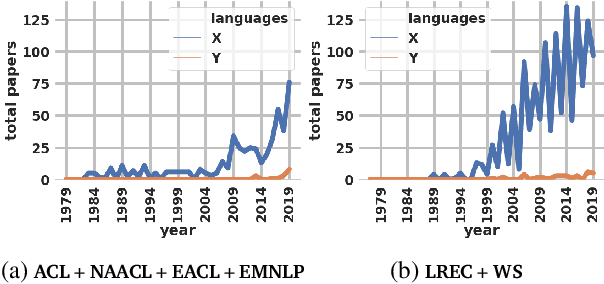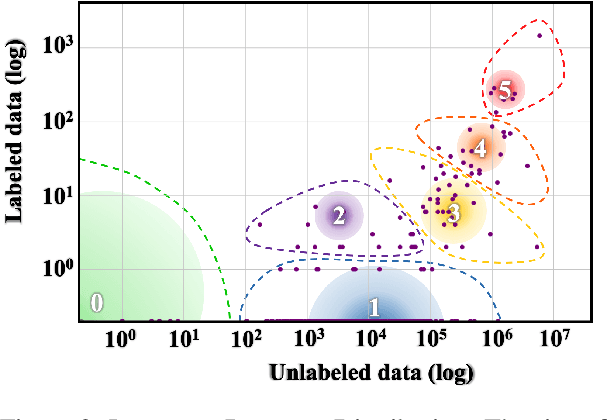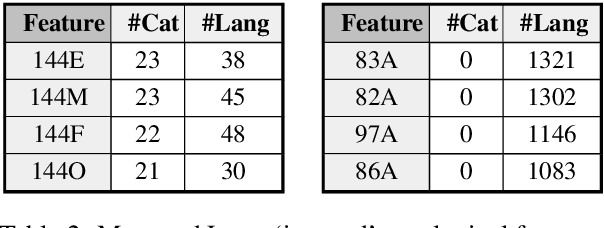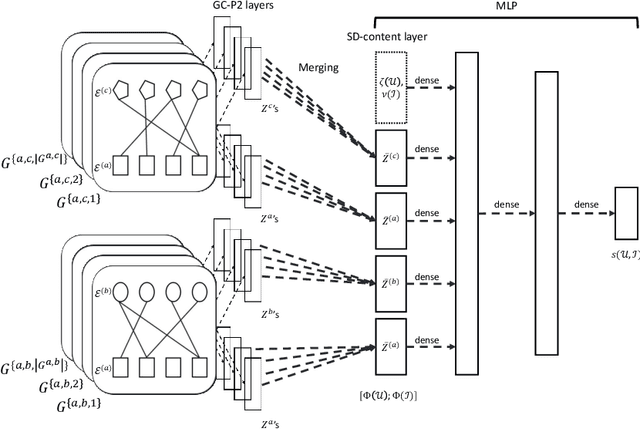Amar Budhiraja
MLGym: A New Framework and Benchmark for Advancing AI Research Agents
Feb 20, 2025



Abstract:We introduce Meta MLGym and MLGym-Bench, a new framework and benchmark for evaluating and developing LLM agents on AI research tasks. This is the first Gym environment for machine learning (ML) tasks, enabling research on reinforcement learning (RL) algorithms for training such agents. MLGym-bench consists of 13 diverse and open-ended AI research tasks from diverse domains such as computer vision, natural language processing, reinforcement learning, and game theory. Solving these tasks requires real-world AI research skills such as generating new ideas and hypotheses, creating and processing data, implementing ML methods, training models, running experiments, analyzing the results, and iterating through this process to improve on a given task. We evaluate a number of frontier large language models (LLMs) on our benchmarks such as Claude-3.5-Sonnet, Llama-3.1 405B, GPT-4o, o1-preview, and Gemini-1.5 Pro. Our MLGym framework makes it easy to add new tasks, integrate and evaluate models or agents, generate synthetic data at scale, as well as develop new learning algorithms for training agents on AI research tasks. We find that current frontier models can improve on the given baselines, usually by finding better hyperparameters, but do not generate novel hypotheses, algorithms, architectures, or substantial improvements. We open-source our framework and benchmark to facilitate future research in advancing the AI research capabilities of LLM agents.
Revisiting SVD to generate powerful Node Embeddings for Recommendation Systems
Oct 05, 2021



Abstract:Graph Representation Learning (GRL) is an upcoming and promising area in recommendation systems. In this paper, we revisit the Singular Value Decomposition (SVD) of adjacency matrix for embedding generation of users and items and use a two-layer neural network on top of these embeddings to learn relevance between user-item pairs. Inspired by the success of higher-order learning in GRL, we further propose an extension of this method to include two-hop neighbors for SVD through the second order of the adjacency matrix and demonstrate improved performance compared with the simple SVD method which only uses one-hop neighbors. Empirical validation on three publicly available datasets of recommendation system demonstrates that the proposed methods, despite being simple, beat many state-of-the-art methods and for two of three datasets beats all of them up to a margin of 10%. Through our research, we want to shed light on the effectiveness of matrix factorization approaches, specifically SVD, in the deep learning era and show that these methods still contribute as important baselines in recommendation systems.
The State and Fate of Linguistic Diversity and Inclusion in the NLP World
Apr 20, 2020



Abstract:Language technologies contribute to promoting multilingualism and linguistic diversity around the world. However, only a very small number of the over 7000 languages of the world are represented in the rapidly evolving language technologies and applications. In this paper we look at the relation between the types of languages, resources, and their representation in NLP conferences to understand the trajectory that different languages have followed over time. Our quantitative investigation underlines the disparity between languages, especially in terms of their resources, and calls into question the "language agnostic" status of current models and systems. Through this paper, we attempt to convince the ACL community to prioritise the resolution of the predicaments highlighted here, so that no language is left behind.
Rich-Item Recommendations for Rich-Users via GCNN: Exploiting Dynamic and Static Side Information
Jan 28, 2020



Abstract:We study the standard problem of recommending relevant items to users; a user is someone who seeks recommendation, and an item is something which should be recommended. In today's modern world, both users and items are 'rich' multi-faceted entities but existing literature, for ease of modeling, views these facets in silos. In this paper, we provide a general formulation of the recommendation problem that captures the complexities of modern systems and encompasses most of the existing recommendation system formulations. In our formulation, each user and item is modeled via a set of static entities and a dynamic component. The relationships between entities are captured by multiple weighted bipartite graphs. To effectively exploit these complex interactions for recommendations, we propose MEDRES -- a multiple graph-CNN based novel deep-learning architecture. In addition, we propose a new metric, pAp@k, that is critical for a variety of classification+ranking scenarios. We also provide an optimization algorithm that directly optimizes the proposed metric and trains MEDRES in an end-to-end framework. We demonstrate the effectiveness of our method on two benchmarks as well as on a message recommendation system deployed in Microsoft Teams where it improves upon the existing production-grade model by 3%.
 Add to Chrome
Add to Chrome Add to Firefox
Add to Firefox Add to Edge
Add to Edge